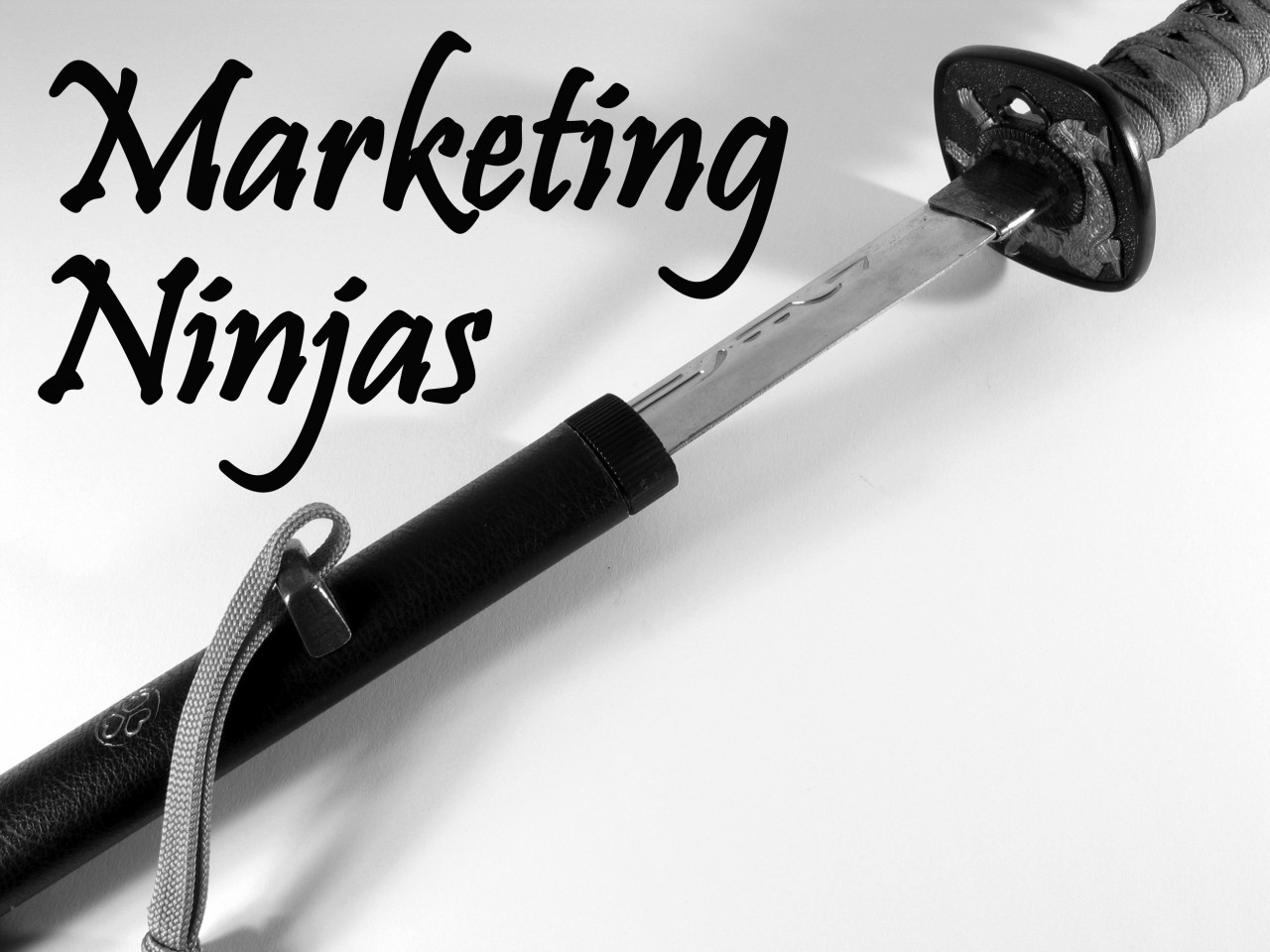
Growing up in the ’80s I can admit that I was obsessed with the Teenage Mutant Ninja Turtles (TMNT). Racing home from school to catch up on the latest adventures of the gang and their enemies was part of my daily routine. At school we traded TMNT collector cards, played with TMNT toy figurines, discussed the latest episodes and drew pictures of our favourite heroes-in-a-half-shell.
As a (slightly) more mature adult, TMNT still holds a place in my heart and the brand has managed to stay relevant to new generations of kids over the past 30 years.
I believe the brand has done 3 things well that we can draw lessons from in today’s marketing world:
1. Ensure Consistent Values
TMNT has consistently relied on two core values that transcend generations, borders and cultures: humor and morality. As a kid, we found Michaelangelo’s surfy-quips funny and relatable. (Although watching old ’80s cartoon episodes now I tend to cringe at somewhat outdated humor!)
There’s also a very clear line in the sand between good versus evil in the series. The turtles are clearly propagators of good in the world, with their archenemies Shredder and Krang as clear evildoers.
It’s important for global brands to have consistent principles and pillars that define their brand. For example, Calvin Klein is universally known as a designer, lifestyle and aspirational brand. Their imagery, store presence and brand values are consistent with this across the globe.
2. Stay true to your target audience
TMNT has stayed true to its target audience of kids. Similar to the previous point, the brand has relied on themes that resonate with children. The gang eat pizza – heck, what kid doesn’t love pizza? Each of the turtles has a distinct personality that kids of all cultures can relate to. From fun-loving cheeky Michaelangelo, geek-humour Donatello who uses his knowledge so prevent conflict, fight-loving and fierce Raphael, and finally the courageous, tactical leader Leonardo.
Brands need to not venture off the path their target audience takes. To do so leads to distraction and devaluing of a brand’s core value proposition to their audience.
3. A strong brand requires less promotion
The recent 2014 release of The Teenage Mutant Ninja Turtles movie surprised experts by topping the box office for several weeks in a row upon release, despite strong competition.
Most film releases that enjoyed such level of success have deployed a huge promotional budget over a prolonged time period. Not the TMNT movie. During the lead up to the movie release, Paramount deployed only very small targeted marketing campaigns. The film relied on brand-equity built over the past 30 years and didn’t rely on drowning the audience in advertising promotion. Select trailer releases attached to similar genre films (Transformers 4) ensured that the right audience was targeted. As the movie release date neared, some television spots aired on obvious select channels such as Cartoon Network etc. However, the cool twist towards the end of the promotional period was the release of a music video called Shell Shocked that included footage of the movie that was heavily viewed and shared online.
Of course, not all brands enjoy the equity and nostalgia that a long-running global brand such as TMNT has. I hope that the TMNT brand continues to evolve with the times and stay relevant to future generations of kids and families to come.
Jeff Tan is Director, Digital Strategy and Communications Planning, at Vizeum in New York.